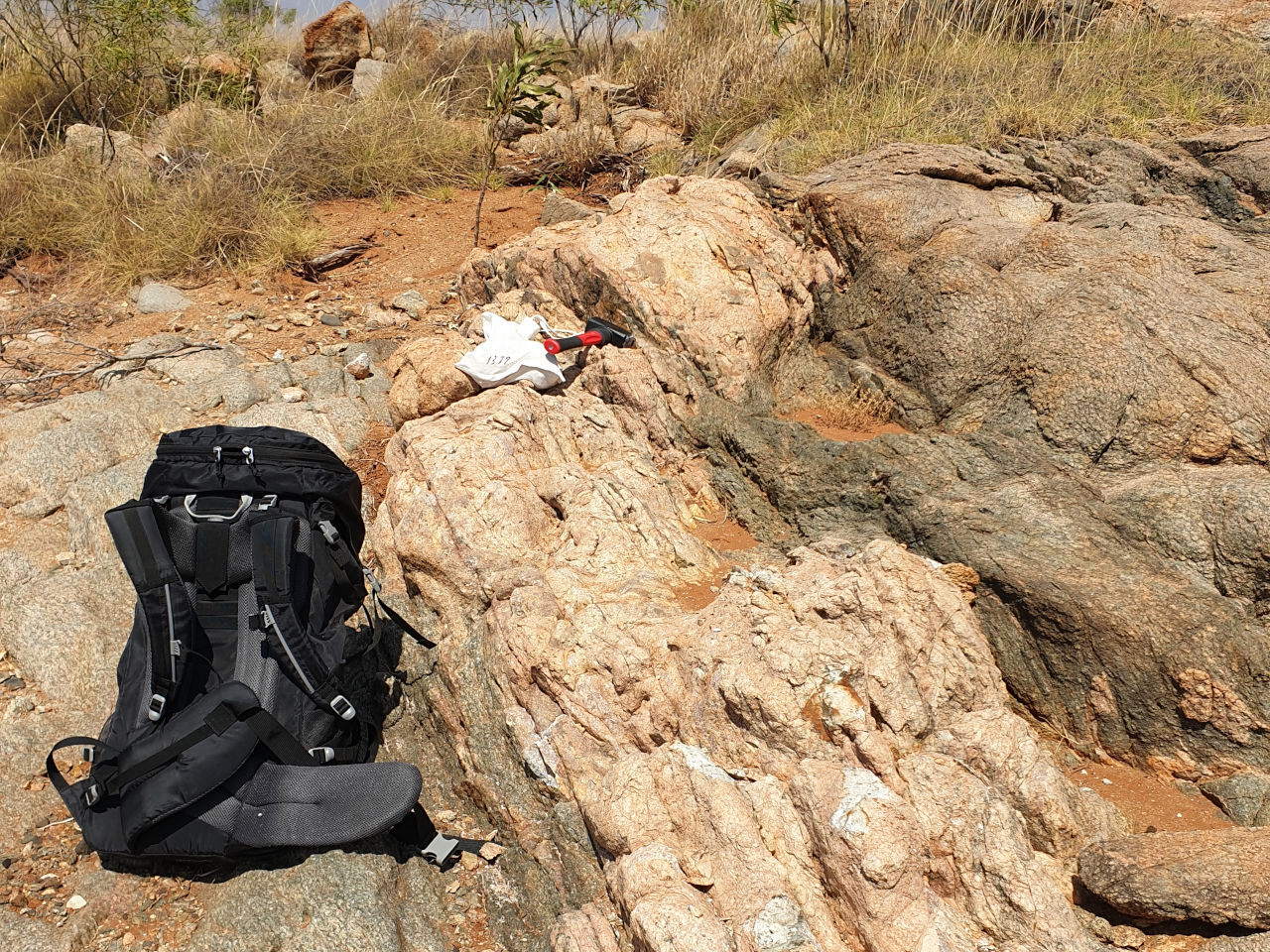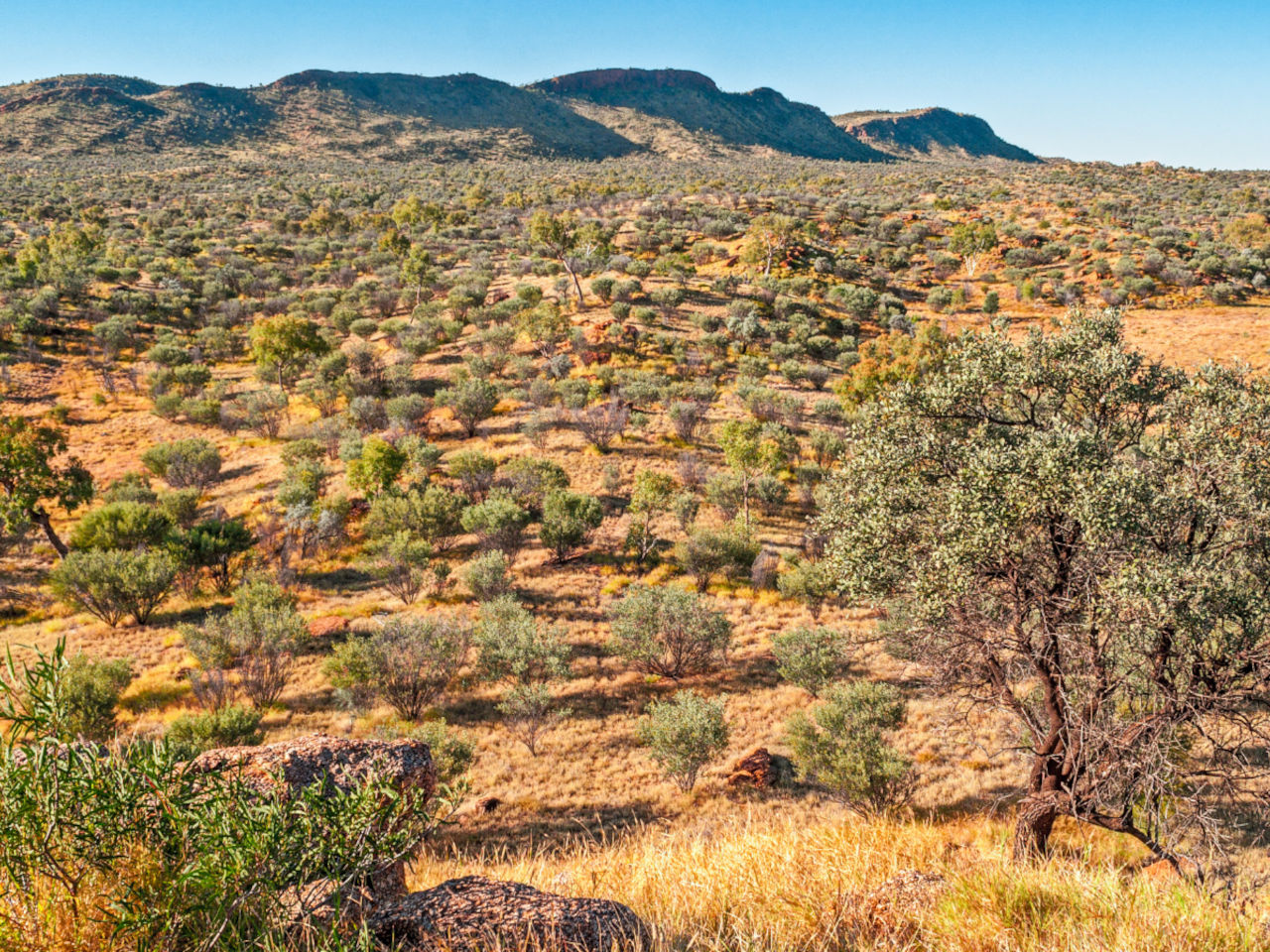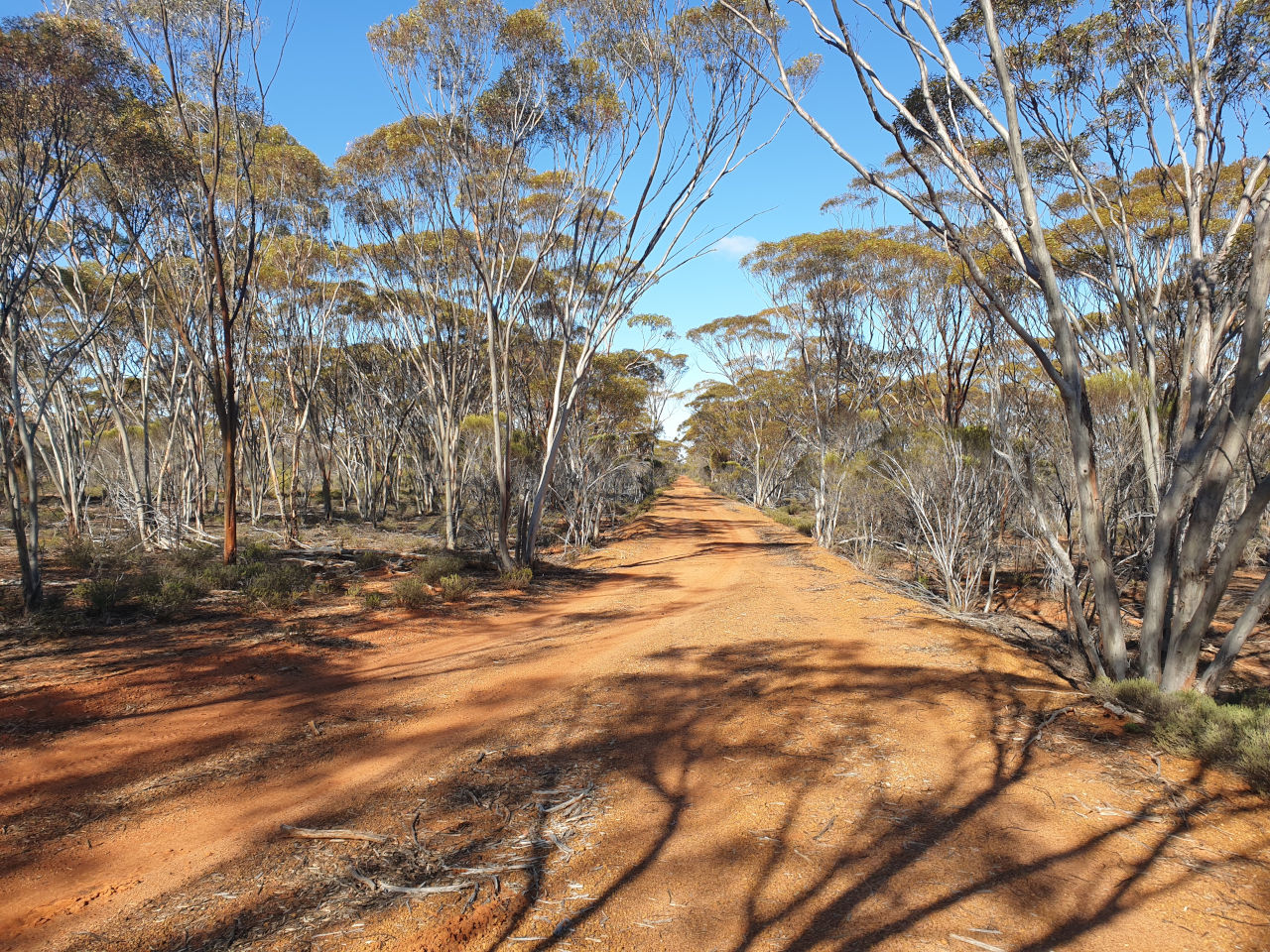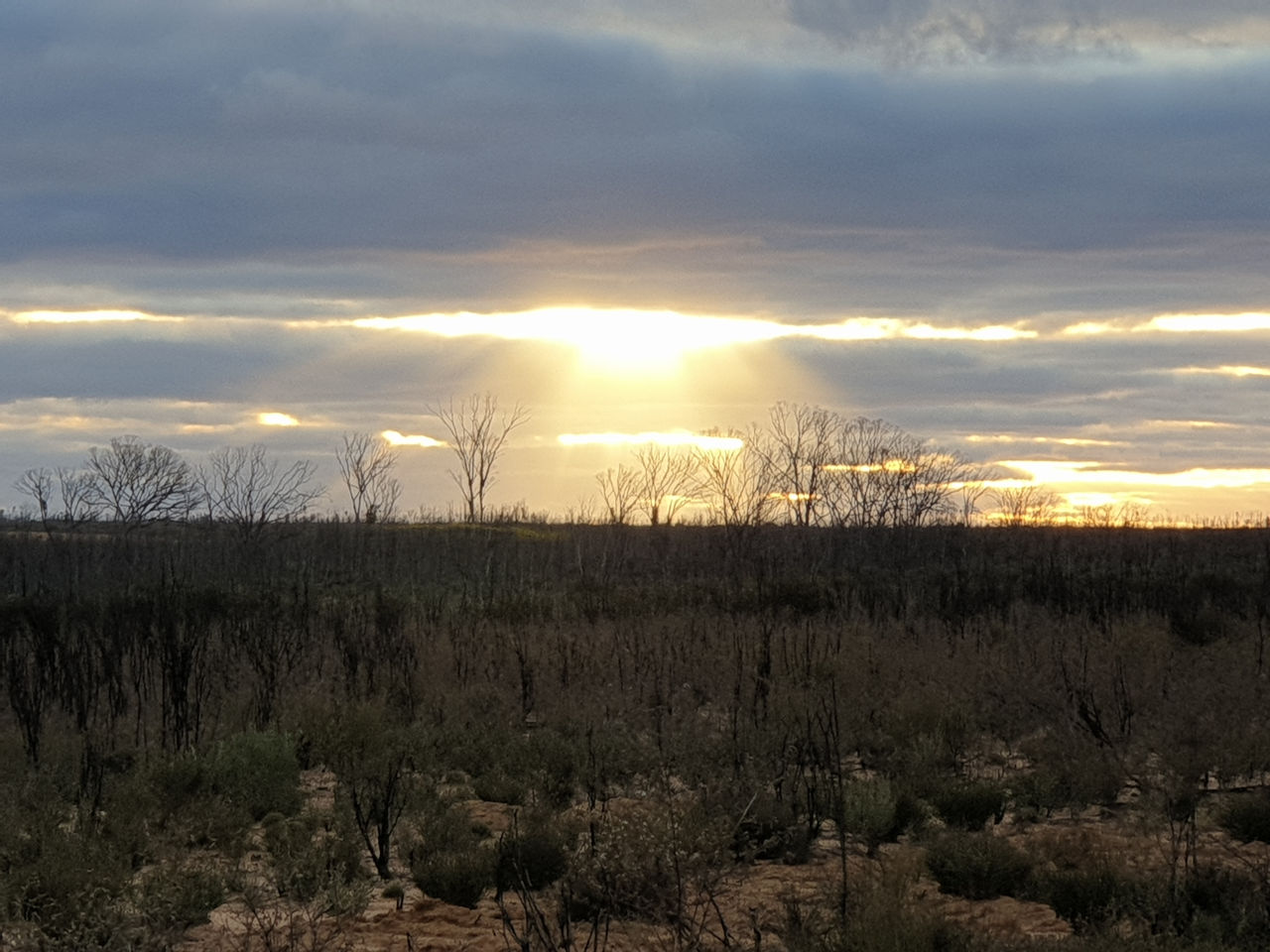Ngalia Uranium-Vanadium Project, Northern Territory (SBR 80%)
The Ngalia Uranium Project comprises two granted exploration licences (EL32829 and EL32864) and five EL applications located within the highly prospective Ngalia Basin in the southwestern Northern Territory (NT) (Figure 1).
The Ngalia Basin is one of the most highly prospective and accessible uranium areas in Australia – being in an area strongly supported by the Northern Territory Government for uranium exploration and development, and the majority of the tenements on well accessed pastoral leases with open woodlands ideal for exploration.
The tenements are located in two key project areas, both of which lie along strike from existing uranium Mineral Resources:
- Dingo Project EL32829: on the northern margin of the Ngalia Basin, where the Company is targeting roll-front/tabular sandstone hosted and related palaeo-channel uranium deposits along strike from the Bigrlyi high-grade uranium-vanadium deposit of Energy Metals Ltd (ASX:EME) which has a high-grade Indicated and Inferred Mineral Resource of 7.46Mt @ 1,283ppm U3O8 and 1,297ppm V2O5.
- Lake Lewis Project EL32864: near the southern margin of the Ngalia Basin, where the Company is tareting calcrete style uranium-vanadium mineralisation hosted by palaeo-channels analogous to the neighbouring Napperby deposit of Core Lithium Ltd (ASX:CXO) which contains an Inferred Mineral Resource of 54Mt at 382ppm U3O8.
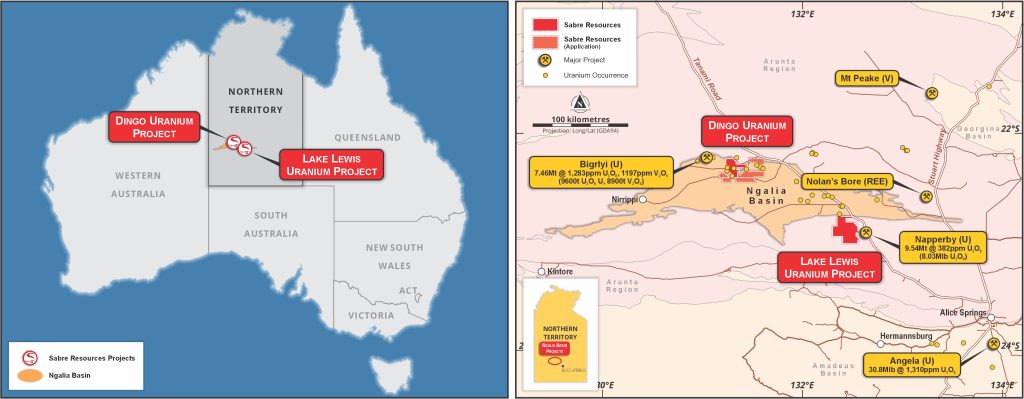
Figure 1: Ngalia Basin, uranium project locations
Dingo Uranium Project:
On the Dingo Project, which includes the granted E32829, the Company is targeting fluvial, sandstone-hosted uranium-vanadium deposits hosted by the highly-prospective Mt Eclipse Sandstone. The Bigrlyi, Camel Flat and Walbiri uranium deposits, held by Energy Metals Ltd (ASX:EME), lie immediately along strike from the Company’s tenements and are roll front or tabular uranium deposits hosted by the Mt Eclipse Sandstone. This unit passes through and underlies a large part of E32829 and is associated with large uranium radiometric anomalies associated with drainages and structures intersecting this unit.
The initial program on E32829 will include detailed radiometrics to detect Uranium (U) anomalies at surface and detailed gravity to locate palaeo-channels enriched in uranium draining from the Mt Eclipse Sandstone hosted deposits and/or uranium bearing granitic intrusions.
In addition, drone magnetics will be carried out early next year to define extensions of the Mt Eclipse Sandstone and cross cutting fault structures and thrusts that are interpreted to continue across E32829 under soil cover and extend into the Company’s new application areas.
The program is expected to result in the definition of aircore and RC drilling targets on immediate extensions of known uranium deposits/trends (e.g. Camel Flat and Dingo) as well as soil covered palaeo-channel targets.
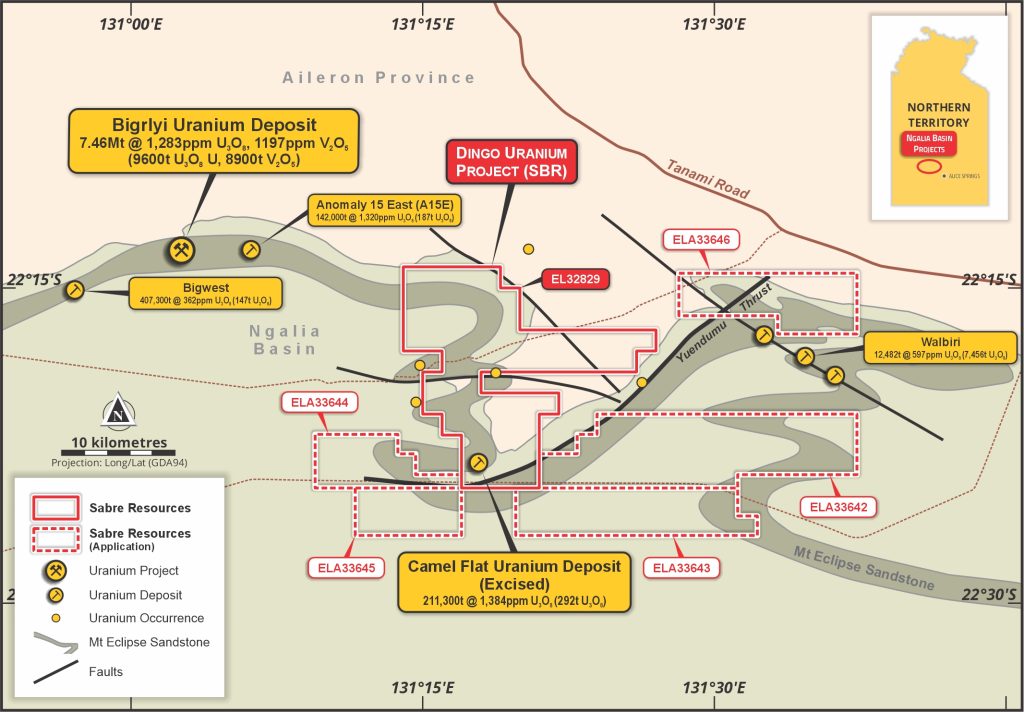
Figure 2: The Company’s major tenement holdings in the Ngalia Basin near the high-grade Bigrlyi uranium deposit
Lake Lewis Uranium Project:
Exploration programs are also planned for the Lake Lewis Project, EL32864, which is located on the southern margin of the Ngalia Basin and is highly prospective for calcrete uranium-vanadium mineralisation, hosted by palaeo-channels analogous to the neighbouring Napperby and Cappers uranium resources (see Figure 3, below). The Napperby deposit of Core Lithium Ltd (ASX:CXO) contains a JORC 2012 Inferred Mineral Resource of 9.54Mt at 382ppm U3O8 for 8.03 Mlb of contained U3O8 (at a 200 ppm U3O8 cut-off).
The Napperby deposit is hosted by palaeo-drainages incised into the Proterozoic basement and filled with 10m to 100m of recent clastic material. Uranium mineralisation at Napperby lies immediately below and to a lesser extent within a calcrete layer overlying the sands and clays as coatings, disseminations, pellets and blobs (‘nuggets’) of carnotite (uranium, vanadium hydroxide – K2(UO2)2(VO4)2·3H2O) up to 5 cm long.
Examination of previous radiometrics, Aster imagery and correlation with the neighbouring Napperby deposit indicates that the Lake Lewis EL32864 is highly prospective for shallow calcrete uranium-vanadium mineralisation in palaeo-drainages southwest of Lake Lewis which are exposed and associated with radiometric anomalies on the shore line (Figure 3). The extensions of these uranium enriched palaeo-channels remains insufficiently tested by previous explorers.
The Company plans to carry out detailed gravity and passive seismic measurements across the interpreted palaeo-channels, targeting carnotite uranium enrichments in calcrete at the base of these channels. This program will be carried out during the first half of next year once access agreements are established with local pastoral lease holders.
Key targets identified during this program will be tested with aircore drilling through to the base of the palaeo-channels – test for uranium enrichment in the basal calcrete layer.
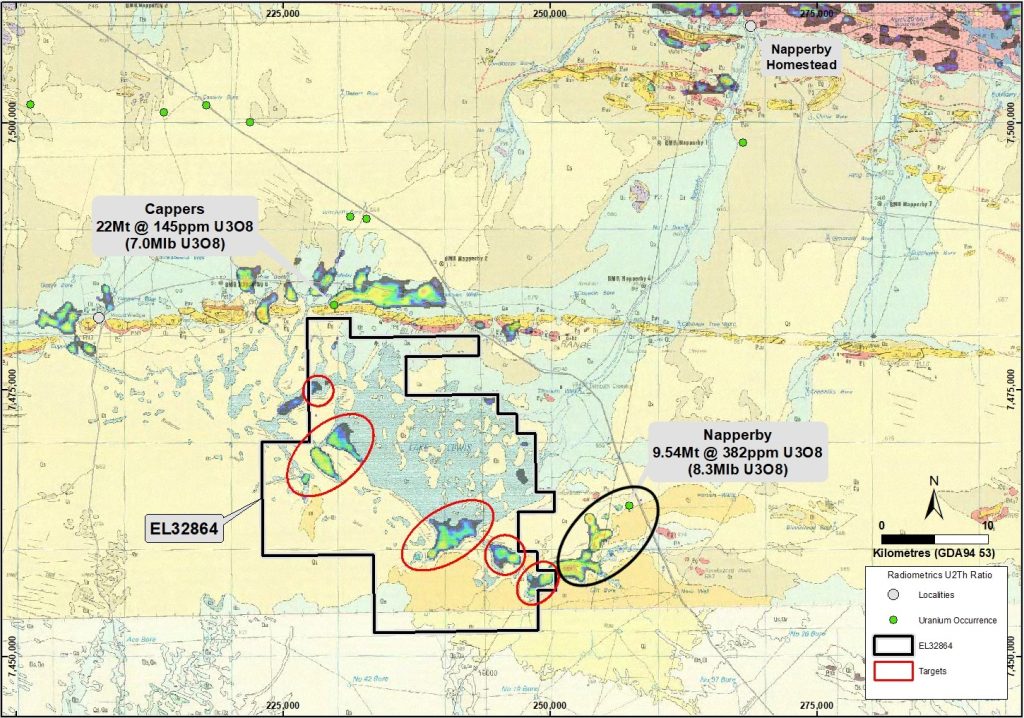
Figure 3: Uranium radiometric anomalies on E32864 with targets for calcrete uranium deposits

